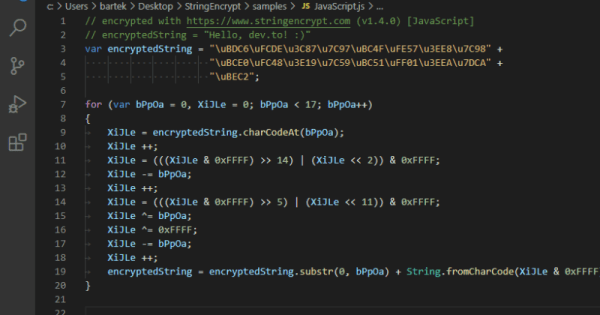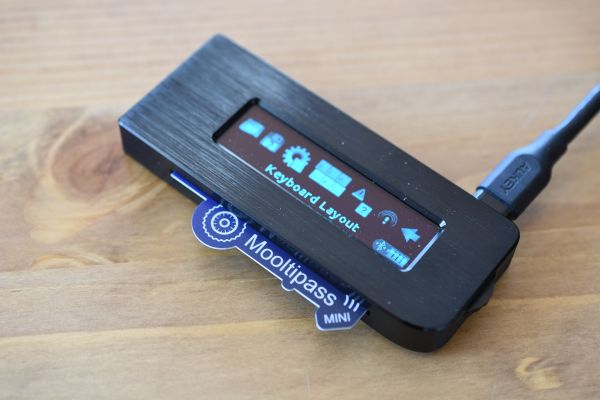Twilio, the cloud provider for all things telecom, had an embarrassing security fail a couple weeks ago. The problem was the Amazon S3 bucket that Twilio was using to host part of their public facing content. The bucket was configured for public read-write access. Anyone could use the Amazon S3 API to make changes to the files stored there.
The files in question were protected behind Cloudflare’s CDN, but there’s a catch to Cloudflare’s service. If you know the details of the service behind Cloudflare, it can often be interacted with directly. In many cases, knowing the IP address of the server being protected is enough to totally bypass Cloudflare altogether. In this case, the service behind the CDN is Amazon’s S3. Any changes made to the files there are picked up by the CDN.
Someone discovered the insecure bucket, and modified a Javascript file that is distributed as part of the Twilio JS SDK. That modification was initially described as “non-malicious”, but in the official incident report, Twilio states that the injected code is part of an ongoing magecart campaign carried out against misconfigured S3 buckets.
Continue reading “This Week In Security: Twilio, PongoTV, And BootHole”















